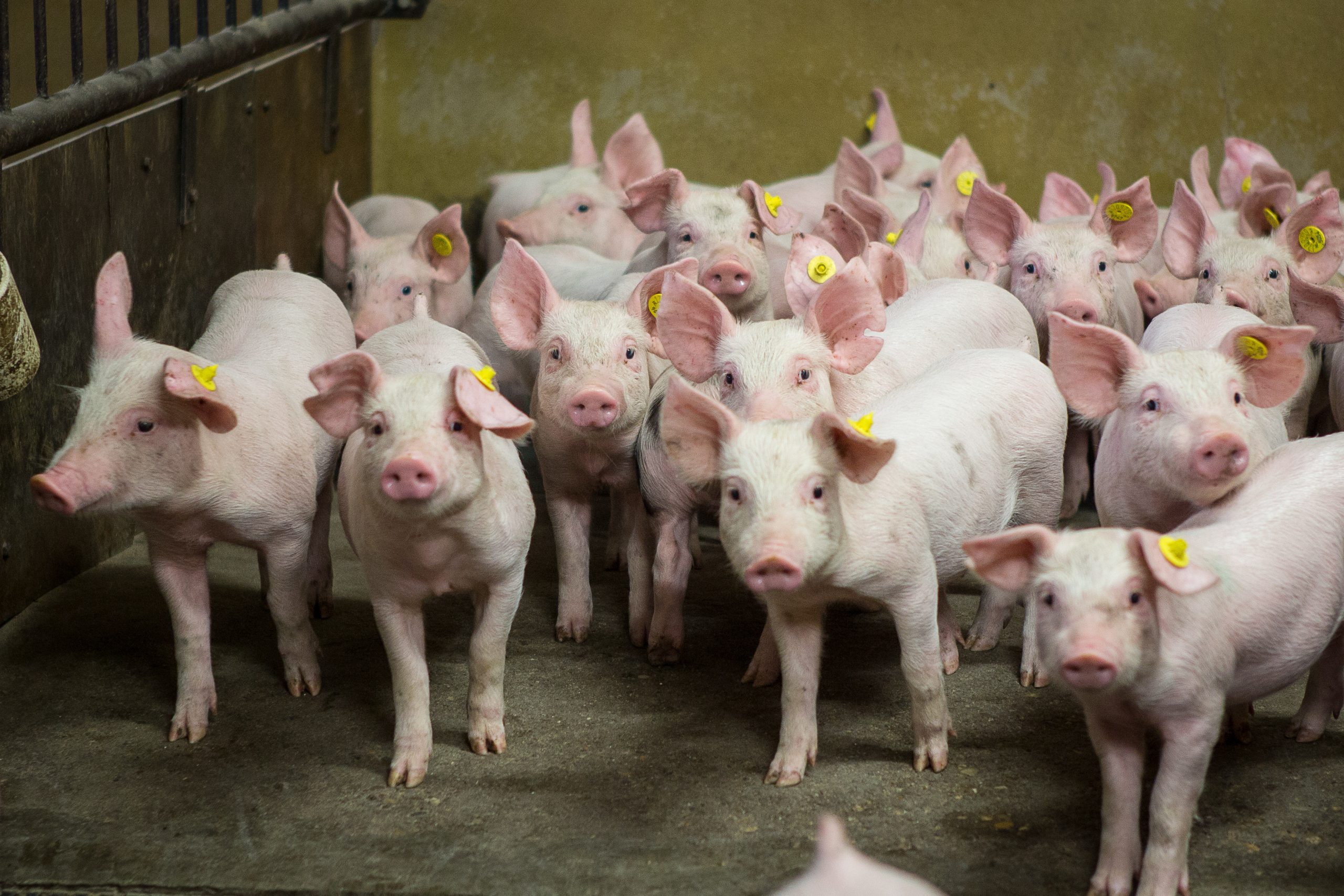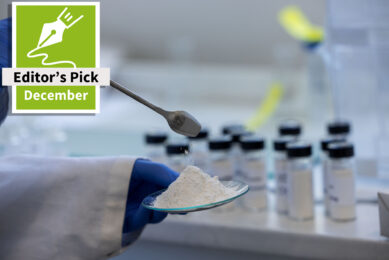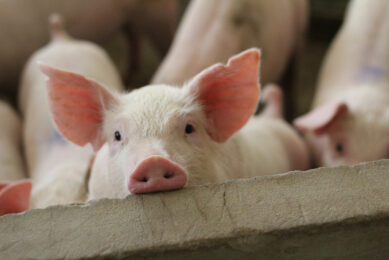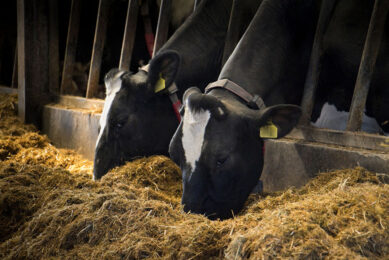How to use the phytase matrix values?

The use of microbial phytase in feed for mono-gastric animals has become standard and has been for several years. But the current matrix value may not always be correct as the level of digestible phosphorus can vary in different diet combinations.
The use of microbial phytase in feed for mono-gastric animals has become standard and has been for several years. From a financial and environmental point of view it makes sense to use a microbial phytase. For all plant feed ingredients, there is a proportion of phosphorus that is bound as phytate and the bound phosphorus can only be released by phytase and thereby be digested. The advantage of using a microbial phytase is not only to increase phosphorus digestibility but also to increase digestibility of other minerals and reduce endogenous losses of amino acids. In the EU dossier and in the scientific literature, it is common to present increased digestibility of phosphorus and calcium with increasing inclusion level of a microbial phytase. This is often done to demonstrate that the phytase increases phosphorus and calcium digestibility. However, diet composition is not taken into account when doing this. Likewise, when it comes to matrix values for phytase, it is common practice to provide increases in digestibility by phytase inclusion level and again not taking into account the diet composition. However, different ingredients contain different amounts of phytate and although there is variability in the amount of phytate within the same ingredient, the differences among different sources of the same ingredient are less than differences among different ingredients (Tahir et al., 2012).
Different ingredient, different phytase levels
In a just published article by Almeida et al. (2017) it was clearly demonstrated that maximum phosphorus digestibility was reached at different phytase levels for different feed ingredients (Figure 1). Only data for canola meal, rice bran and sunflower meal are shown, but maize, wheat, soybean meal and maize DDGS were also included in this work. This data demonstrate that phosphorus digestibility increases with increasing levels of phytase, but for rice bran, even with the inclusion of 2,000 units of phytase, the maximum phosphorus digestibility might not have been reached. This is in contrast to sunflower meal and canola meal, where the maximum digestibility appears to have been reached at 1,000 and 500 units of phytase, respectively. Similar findings were observed for other ingredients. Thus, the least amount of phytase needed for maximum phosphorus digestibility is different among different ingredients as shown in Table 1. Phytase had a positive effect on phosphorus digestibility in all ingredients, but for maize DDGS, rice bran and sorghum, the maximum phosphorus digestibility was not found. For the other ingredients, a reasonable agreement between maximum and different statistical models in estimated phytase needed for reaching maximum phosphorus digestibility was obtained. The greatest difference was observed for soybean meal for which the maximum digestibility was obtained at 180 FTU/kg, whereas the quadratic model predicted the maximum digestibility to be obtained at 547 FTU/kg.
Figure 1 – Phosphorus digestibility by pigs in selected ingredients, with increasing inclusion of phytase (Almeida et al., 2017).

Decide in feeding recommendations
The results by Almeida et al. (2017), are in agreement with other observations from experiments in which graded levels of microbial phytase were added to a basal diet (Almeida and Stein, 2012; She et al., 2017). In maize and different co-products from maize, the amount of phytase needed for maximum phosphorus digestibility was demonstrated to vary among ingredients and the differences can largely be explained by different concentrations of phytate in the ingredients (Almeida and Stein, 2012). She et al. (2017) reported that processing of canola meal had no effect on the standardised total tract digestibility of phosphorus and the amount of phytase needed to reach maximum digestibility was not different among the different types of canola meal. She et al. (2017) also reported that when analysing data using linear and quadratic contrasts, responses to microbial phytase on the digestibility of phosphorus can be predicted (R2 = 0.86). By using the data from Almeida et al. (2017) to decide on feeding recommendations it may be concluded that there is no need to include more than 500-750 FTU/kg, if the diet only contains soybean meal and maize. However, digestibility of phosphorus may be maximised in wheat-soybean meal diets by including between 750 and 1,000 FTU/kg. If the diet contains other ingredients, such as sunflower meal, rice bran or sorghum, even greater inclusion levels of microbial phytase are needed to maximise phosphorus digestibility. In contrast, phosphorus digestibility of maize DDGS is not improved or only marginally improved by addition microbial phytase, which is likely a consequence of low concentrations of phytate in maize DDGS (Almeida and Stein 2012).
Matrix values not always correct
Almeida et al. (2017) calculated the potential increase of adding 500 FTU of phytase, to three different diets (Table 2).The examples in Table 2 demonstrate that using one matrix value for 500 FTU phytase may not always be correct because different increases in digestible phosphorus is observed for different diet combinations. The data in Table 2 also indicate that matrix values for microbial phytase need to be feed ingredient specific because responses to microbial phytase are different among different ingredients. By using ingredient-specific digestibility values for phosphorus in the presence of different inclusions of microbial phytase will results in more accurate predictions of the digestibility of phosphorus in mixed diets.
References are available on request.











